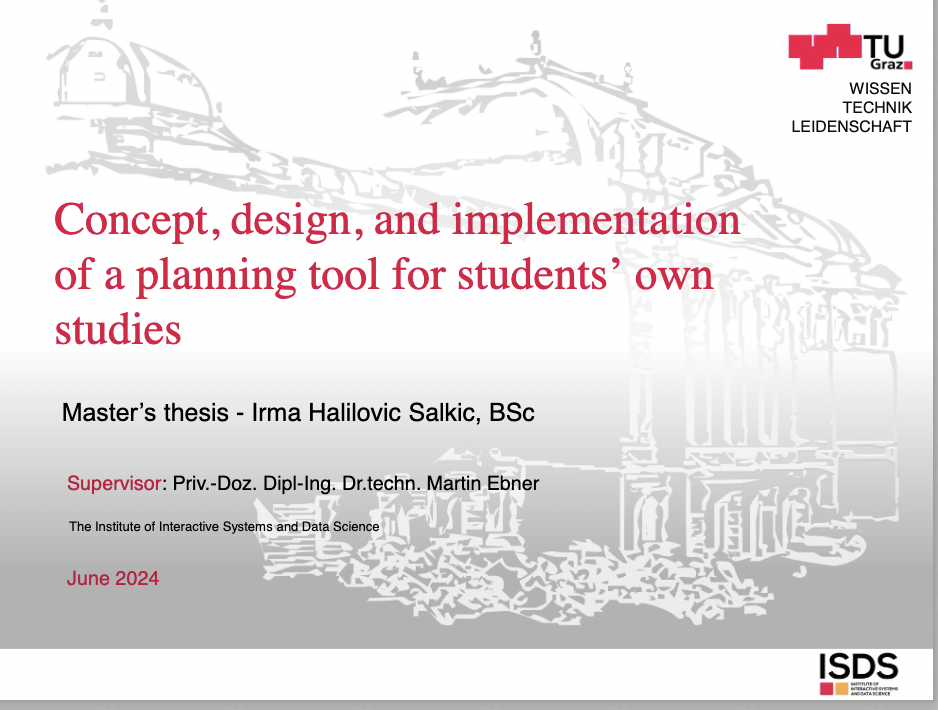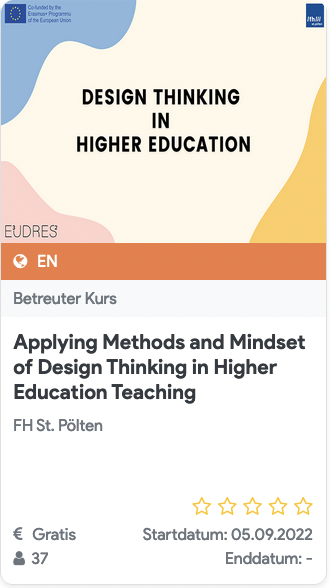Wir haben in einem Beitrag für das E-Learning Handbuch unsere langjährige Erfahrungen zusammen geschrieben, um damit einen besseren Überblick über die Notwendigkeit von Learning Experience Design in Zusammenhang mit den Lehr- und Lernsystemen der Zukunft zu geben.
Zusammenfassung:
Learning Experience Design (LXD), also die bewusste, auf Grundlagen und Methoden der Designdisziplin erfolgten Gestaltung von Lernerfahrungen, ist ein Begriff der immer häufiger bei der Gestaltung von (digitalen) Lernumgebungen genannt wird. Zielsetzung ist dabei, das Lernen zu einer positiven, spannenden Erfahrung für die Lerner/innen zu machen. Dieser Beitrag beschreibt den Prozess des Learning Experience Designs im deutschsprachigen Raum und erläutert, wie sich diese Designdisziplin zur Gestaltung von Lernerfahrungen mit Lernenden anwenden lässt und nennt Bezüge zu Design im Allgemeinen, Learning Experience Design, Interaction Design, User Experience Design sowie Grafikdesign. Es werden dazu Fachbegriffe erläutert, Abläufe, Methoden und Verfahren zur Umsetzung, sowie zahlreiche Beispiele, u.a. aus unterschiedlichen Umsetzungen der Technischen Universität Graz (TU Graz) dargestellt. Der Beitrag schließt mit einer Beschreibung von Herausforderungen sowie einen Ausblick auf die aktuellen Professionalisierungsbestrebungen und -entwicklungen.
[Vorabversion @ ResearchGate]
Referenz: Jacqueline Kircher, Eva-Maria Burger, Martin Ebner und Sandra Schön (2021). Learning Experience Design – zur Gestaltung von technologiegestützten Lernerfahrungen mit Methoden der Design-Entwicklung. In K. Wilbers & A. Hohenstein (Hrsg.), Handbuch E- Learning. Expertenwissen aus Wissenschaft und Praxis – Strategien, Instrumente, Fallstudien, 93. Erg.-Lfg. Oktober 2021, Beitrag 4.78.




